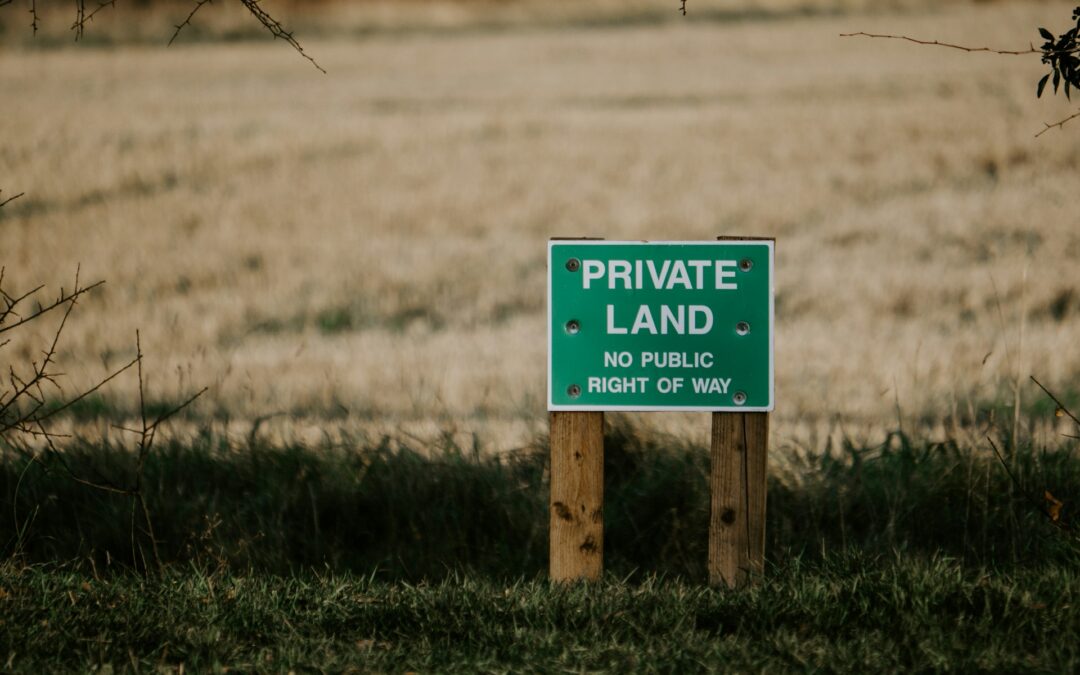When people talk about building a custom home, most think about finishes, layouts, or materials. But long before construction ramps up, something much simpler can slow things down: how easy it is to get on and off the site. Site access might not sound exciting, but it plays a big role in how smoothly the whole build goes—especially in cooler seasons when the weather can turn fast.
In places like North Texas, fall and early winter can bring bouts of rain or muddy days that throw a wrench in the schedule. If a truck can’t make it down the driveway, or if poured concrete has to stop since the ground is too soft, the project stalls. That’s why thinking through site access early can shave days or even weeks off the overall timeline. It helps crews stay on track, keeps materials moving, and makes the entire job feel more predictable from start to finish.
What Site Access Means for Your Build
Site access refers to the practical ways workers and equipment reach your future home. That includes driveways, paved or gravel paths, spots where trucks drop off lumber or concrete, and open areas big enough for machines like backhoes to do their job.
When that path is wide, level, and dry, everything moves faster and safer. Materials show up on time, workers have room to work without tripping over each other, and there’s less need to move things twice just to get them in the right place. On the flip side, if the access route is tight—think narrow streets, hills, soft soil, or overgrown brush—it slows everything down. Even skilled crews need extra time to adjust.
Framing crews can’t set up efficiently if trucks can’t get in with lumber. Concrete mixers may have to stop short if there’s no stable place to park near the pour zone. Equipment might need to be hand-carried across the lot rather than safely driven. Those small delays stack up quickly. What seems like just a muddy driveway or hidden utility box can shift the timeline more than many expect.
Shelton Custom Homes develops site logistics and delivery zones ahead of prep to maximize efficiency and solve access issues before crews arrive.
Fall and Winter Complications in North Texas
As we move into late fall in North Texas, builders start planning for wetter ground, cooler temps, and short daylight hours. These seasonal changes have a direct impact on access. A site that worked well in the dry summer can quickly turn tricky once the first solid rain hits. Mud turns driveways to mess. Trucks slip or get stuck. Places meant for staging become puddles.
This matters most when prepping the foundation or pouring slabs. Both rely on dry, stable ground. If an early cold front brings rain, crews may have to wait extra days before conditions are safe again. That waiting can throw off delivery windows and push other trades down the schedule.
That’s why fall planning matters. Laying down gravel for temporary driveways or prepping paths before wet weather hits can make all the difference. It’s often better to spend a little extra time upfront than to deal with soft ground mid-project. Even small weather delays can tip a well-planned schedule out of sync.
Shelton Custom Homes preps sites for late fall and winter challenges by installing gravel pads, compacted access routes, and staging layouts to prevent delays from mud and weather.
How Builders Work Around Limited Access
Not every lot comes with a simple path in and out. Sometimes the best location comes with steep hills, narrow entries, or no driveway at all. In those cases, builders have to get creative to stay on timeline.
Some common solutions include temporary driveways made of rock or compacted gravel. These help crews get in without getting equipment stuck. Others might clear more of the land to create better staging areas, so materials don’t have to be moved twice. Larger tools and trucks might be scheduled at specific times of day to avoid overlap on tight drives.
In some cases, deliveries happen in stages, with materials dropped far from the site and moved in smaller loads. While it adds steps, it keeps key work moving. The main goal is to keep things flowing as smoothly as possible, even when the route isn’t ideal.
Having a builder who thinks ahead—mapping the best route for services, deliveries, and crew movement—can keep the entire build more organized. They’ll spot trouble before it becomes a real delay.
Shelton Custom Homes uses staged delivery schedules and adapts driveway or route plans to fit each site’s unique terrain and access points.
Smart Prep That Keeps Crews Moving
Some site access problems can be avoided with a solid plan in the first place. Before the first dig, certain steps make later stages much easier for everyone involved.
Here are a few simple things that help:
1. Clear and mark access routes early. Removing shrubs, brush, or barriers before crews arrive limits future delays.
2. Rough in driveways or add temporary gravel where trucks will need to park or turn around.
3. Plan dug routes for utilities like water and power ahead of time so they don’t block movement later.
One more factor? Early utility connections. When a job site has working water and power sooner, it speeds up everything—tools work faster, crews can stay longer, and there’s less guesswork around staging.
Every job site is different. A good walkthrough before things begin helps decide what’s needed for that particular lot. Whether it’s adding access pads or shifting where deliveries should go, small changes early can lead to big time savings later.
Shelton Custom Homes marks utility paths, clears land ahead of time, and sets up temporary routes to keep labor efficient and avoid equipment bottlenecks.
A Smoother Build Starts with Easier Access
When the outside of the build site works well, it carries through to the entire process. Crews aren’t left waiting for materials, machines can operate safely, and deadlines stay within reach. Having solid site access keeps the work moving—not just in the beginning, but all the way to the final walkthrough.
It’s easy to focus on what’s going inside the house. But the space all around it sets the pace. With the right access plan in place, complicated builds feel a little more manageable and the schedule stays closer to where it was meant to be from the start. That’s why it pays to think through access well before building begins.
We plan for site access early in every project because we know how much it shapes the pace of a build, especially through North Texas weather. That’s why our approach as a custom home builder in Texas focuses on keeping every phase moving smoothly from the ground up. At Shelton Custom Homes, we don’t just build homes, we build reliable timelines that start with the space around them.

